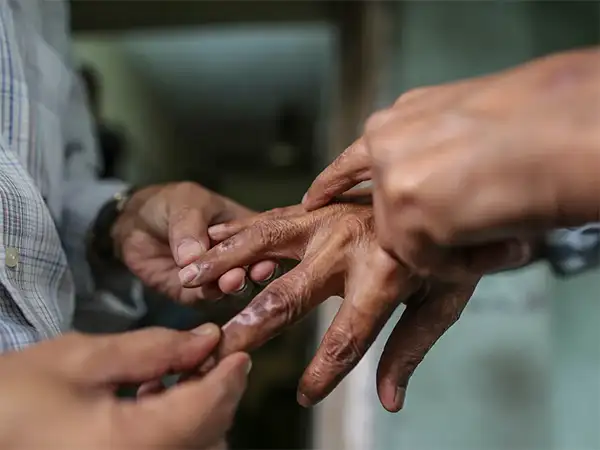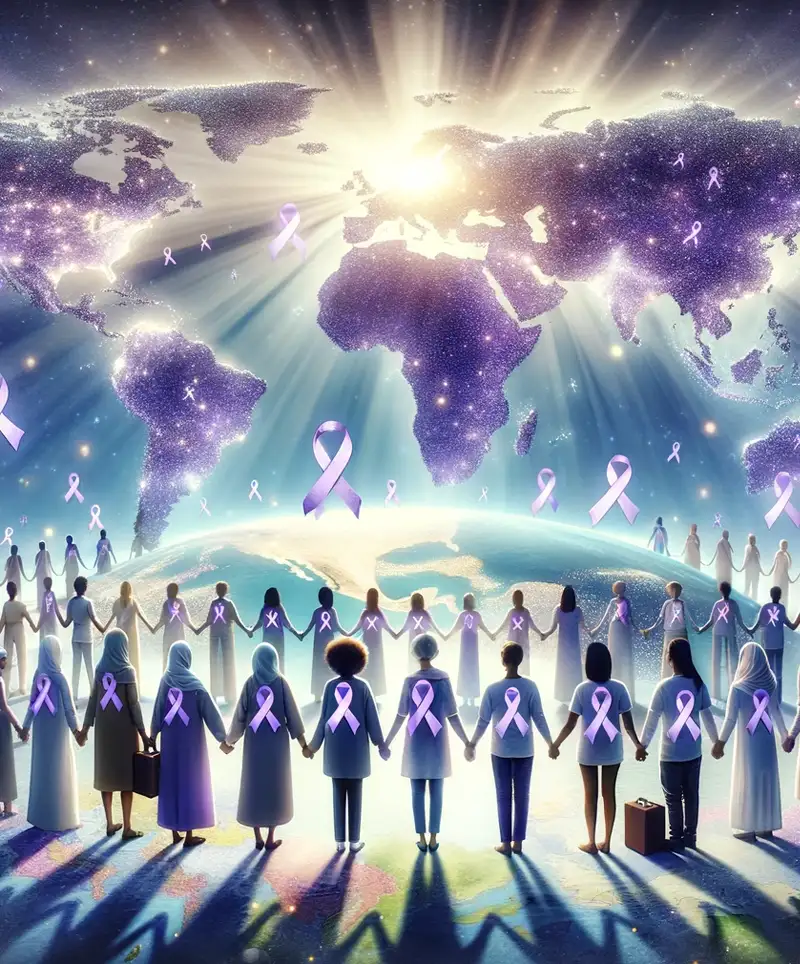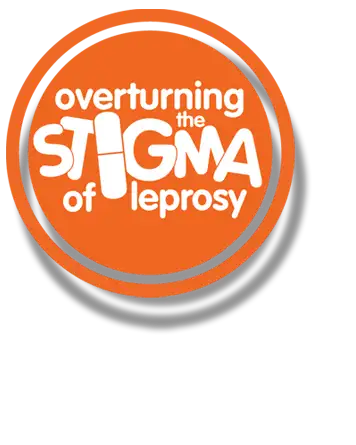Shedding Light on a Misunderstood Disease
World Leprosy Day, observed on the last Sunday of January, serves as a beacon of hope and a call to action in the global fight against leprosy. This day is not just about acknowledging a disease that has afflicted humanity for millennia; it's about shattering the myths, breaking down stigma, and embracing scientific advancements that can lead to a leprosy-free world. It's a day dedicated to raising awareness, promoting understanding, and supporting those affected by this often misunderstood disease.
Leprosy, known throughout history and often enveloped in social and cultural misconceptions, continues to impact lives across the globe. World Leprosy Day serves as a crucial reminder of the ongoing battle against this ancient ailment, highlighting both the progress made and the challenges that remain. Initiated by French philanthropist Raoul Follereau in 1954, this observance symbolizes a global commitment to eradicating the disease and supporting those living with its consequences.
The significance of World Leprosy Day extends beyond the realms of medicine and science. It's a day that calls for compassion, understanding, and global solidarity. By focusing on the human stories behind the statistics, it seeks to humanize the disease, reminding us that behind every case of leprosy is an individual facing not only physical challenges but also battling social exclusion and discrimination.
A Closer Look at Leprosy: Understanding the Disease
Leprosy, also known as Hansen's disease, is a chronic infectious disease caused by the bacterium Mycobacterium leprae. This disease primarily affects the skin, peripheral nerves, mucous membranes of the upper respiratory tract, and eyes. Despite its notorious history, leprosy is not highly contagious. Transmission requires prolonged and close contact with an untreated individual, and more than 95% of the global population has a natural immunity to the disease.
 One of the most significant milestones in the fight against leprosy was the introduction of multidrug therapy (MDT) by the World Health Organization (WHO) in 1981, which became available free of charge to all patients worldwide by 1995. MDT, which includes a combination of antibiotics like dapsone, rifampicin, and clofazimine, has been highly effective in curing the disease. With early diagnosis and prompt treatment, individuals affected by leprosy can lead normal, healthy lives without any long-term disabilities. However, delayed treatment can result in nerve damage and permanent physical impairments.
One of the most significant milestones in the fight against leprosy was the introduction of multidrug therapy (MDT) by the World Health Organization (WHO) in 1981, which became available free of charge to all patients worldwide by 1995. MDT, which includes a combination of antibiotics like dapsone, rifampicin, and clofazimine, has been highly effective in curing the disease. With early diagnosis and prompt treatment, individuals affected by leprosy can lead normal, healthy lives without any long-term disabilities. However, delayed treatment can result in nerve damage and permanent physical impairments.
The Social Impact: Stigma and Discrimination
Leprosy is not just a medical condition; it carries a heavy social burden that dates back centuries. The stigma surrounding leprosy has deep roots in historical and cultural contexts where the disease was often misunderstood, feared, and associated with divine punishment or moral failings. This stigma has led to widespread discrimination against those affected, causing them to be ostracized from their communities, denied opportunities, and subjected to severe psychological distress.
World Leprosy Day plays a critical role in combating this deeply ingrained stigma. Through education and advocacy, the day promotes a better understanding of the disease, encouraging empathy and respect for those affected. It seeks to dispel the myths and misconceptions that have long plagued individuals with leprosy, replacing fear with knowledge and isolation with inclusion.
The Global Fight: Progress and Challenges
Significant progress has been made in the global fight against leprosy, yet challenges remain. While the prevalence of leprosy has dramatically decreased since the introduction of MDT, the disease continues to affect tens of thousands of people each year, particularly in regions with limited access to healthcare and where poverty persists.
The fight against leprosy is not just about medical treatment; it's also about ensuring that those who have been cured can reintegrate into society without facing prejudice. This requires a comprehensive approach that includes not only medical care but also social support, legal protection, and community education.
The ongoing challenge is to reach the last remaining pockets of leprosy transmission, particularly in remote and underserved areas. Public health efforts must focus on active case finding, early diagnosis, and treatment to prevent disability and further transmission. Additionally, there is a need for continued research to better understand the disease, develop new treatments, and eventually achieve a world free of leprosy.
The History and Significance of World Leprosy Day
World Leprosy Day was established in 1954 by French philanthropist and writer Raoul Follereau as a means to raise global awareness about leprosy and to call for an end to leprosy-related stigma. Leprosy, a disease that has been a part of human history for thousands of years, has often been surrounded by myth and misunderstanding.
Follereau's vision was not only to highlight the medical aspects of leprosy but also to foster a humane and compassionate approach toward those who suffer from it. His work laid the foundation for a global movement that emphasizes the importance of human dignity, social justice, and the right to health for all individuals affected by leprosy.
The Role of Global Campaigns and Local Actions
World Leprosy Day is marked by events, campaigns, and activities organized by governments, non-governmental organizations (NGOs), and community groups around the world. These initiatives aim to educate the public, dispel myths, and encourage supportive policies and actions toward people affected by leprosy.
From public awareness campaigns to community outreach programs, these efforts are designed to bring the issue of leprosy to the forefront of public consciousness. By engaging with communities, these campaigns help to reduce stigma, encourage early diagnosis and treatment, and support the reintegration of individuals affected by leprosy into society.
World Leprosy Day is more than just an annual observance; it's a global call to action. It’s an opportunity to support scientific advancements in the treatment of leprosy, to advocate for the rights and dignity of people affected by the disease, and to strive for a world free of leprosy-related stigma and discrimination.
As we observe World Leprosy Day, we are reminded of the importance of solidarity, compassion, and continued efforts to eradicate this ancient disease fully. It is a day to renew our commitment to ensuring that every person affected by leprosy has access to the care, support, and opportunities they deserve.
Let us work together to create a future where leprosy is not only cured but where the stigma and discrimination associated with it are eradicated once and for all. Through education, advocacy, and action, we can move closer to a world where leprosy is a disease of the past, and where those who were once marginalized are fully embraced by society.
Please Share our Content






 One of the most significant milestones in the fight against leprosy was the introduction of multidrug therapy (MDT) by the World Health Organization (WHO) in 1981, which became available free of charge to all patients worldwide by 1995. MDT, which includes a combination of antibiotics like dapsone, rifampicin, and clofazimine, has been highly effective in curing the disease. With early diagnosis and prompt treatment, individuals affected by leprosy can lead normal, healthy lives without any long-term disabilities. However, delayed treatment can result in nerve damage and permanent physical impairments.
One of the most significant milestones in the fight against leprosy was the introduction of multidrug therapy (MDT) by the World Health Organization (WHO) in 1981, which became available free of charge to all patients worldwide by 1995. MDT, which includes a combination of antibiotics like dapsone, rifampicin, and clofazimine, has been highly effective in curing the disease. With early diagnosis and prompt treatment, individuals affected by leprosy can lead normal, healthy lives without any long-term disabilities. However, delayed treatment can result in nerve damage and permanent physical impairments.








 "Sláinte!" is a traditional Irish expression used as a toast, equivalent to "Cheers!" in English.
"Sláinte!" is a traditional Irish expression used as a toast, equivalent to "Cheers!" in English.